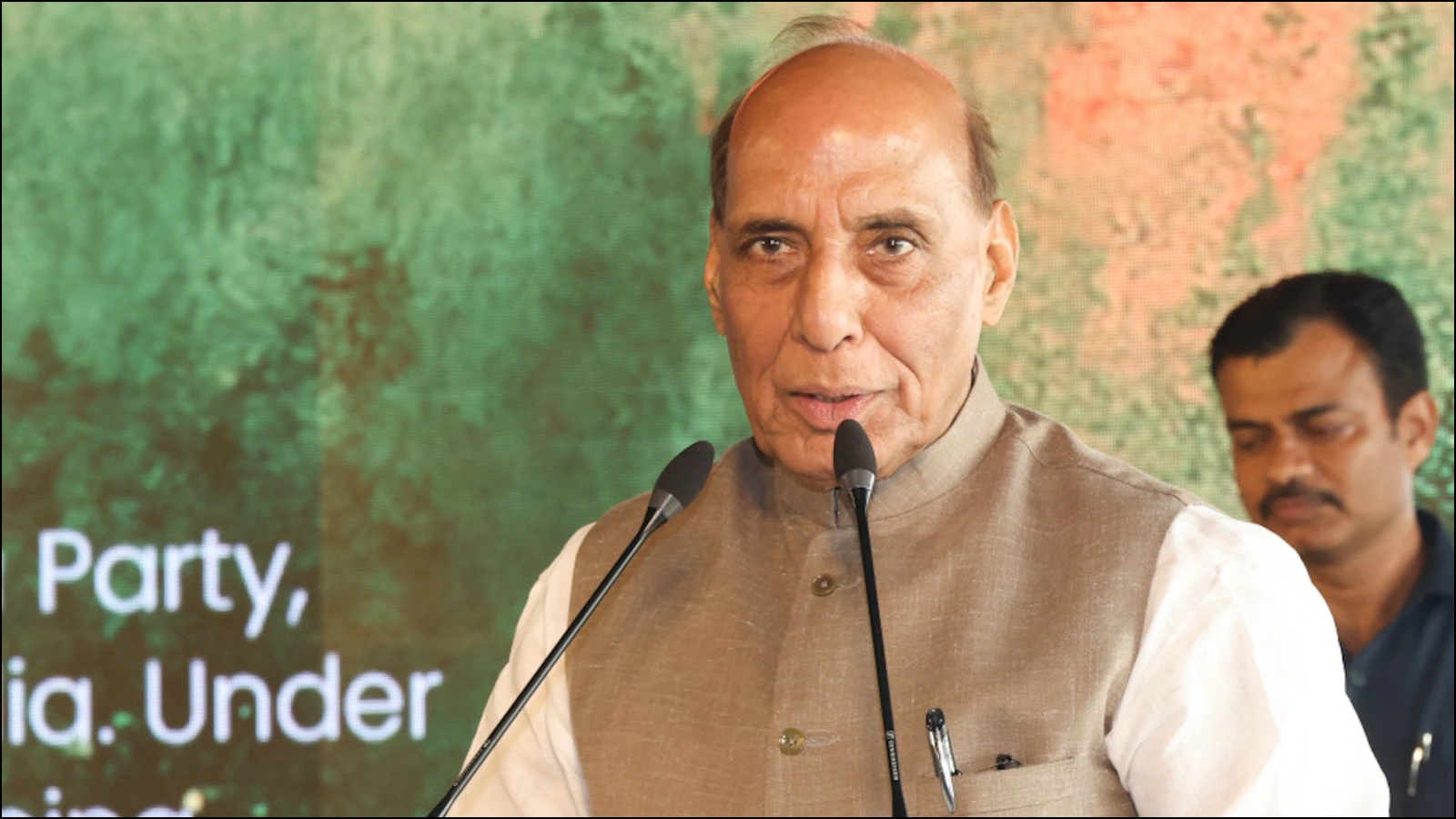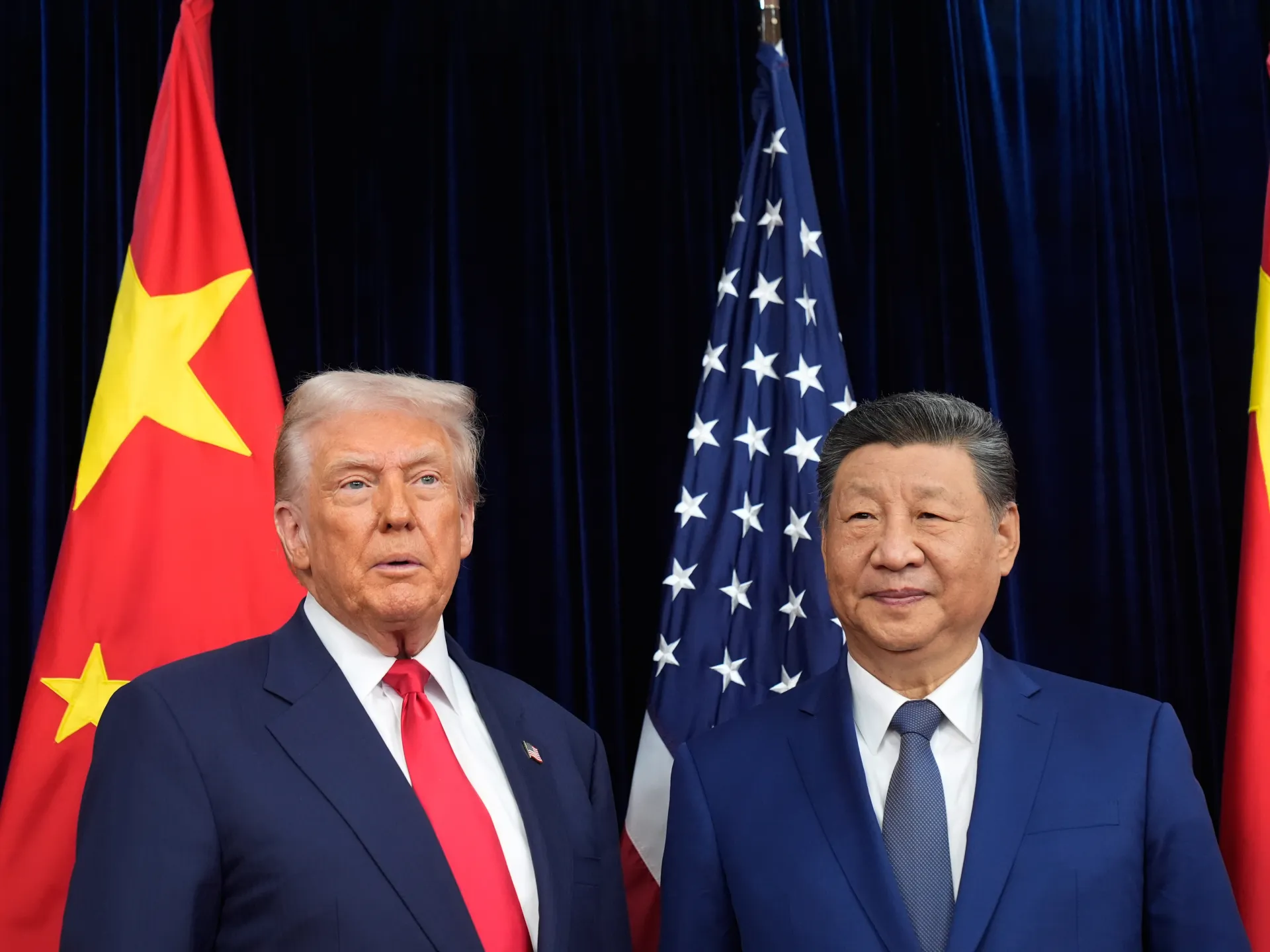Copyright thehindubusinessline

There have been reports recently of people losing their jobs. Amazon, for example, is asking 30,000 people to go home globally and around 1,100 in India. This has sparked an old debate: is technology, AI in this case, displacing labour on a large scale? Many say yes. Many say no, it’s not technology alone but also excessive hirings when, either, the times were good or when circumstances warranted it, as during the Covid pandemic. But this is a futile debate. Regardless of the reason, there is now a shift towards reducing the number of people firms employ. In the US, even the government has been trying to do this after Donald Trump became President. Overall, therefore, we can expect a reduction in the number of people employed. For the most part, and as always since the Industrial Revolution started in the middle of the 18th century, this will happen in the private sector. Karl Marx had predicted this in the middle of the 19th century. He had blamed the blind pursuit of profit by investors for it. It’s not going to be any different this time. The consequences are social, economic and political. The social consequences are obvious: misery for those who lose their jobs. The economic consequences are a reduction in aggregate demand, leading to excess capacity and lower profits for investors. The political consequences are widespread unrest even as the political class seeks to tackle the problem with old tools. The real problem To get a proper perspective, it’s important to bear in mind that in 1900 the world’s population was around a billion. Today it is in excess of 8 billion. Half of these people are in India and China. Yes, half. Assuming the workforce then was 40 per cent, it means 400 million people were either employed or looking for jobs. With the same workforce percentage, 3.2 billion people are now either employed or looking for jobs. That’s the scale problem and it’s not solvable. If 400 million could not be employed, how can 3.2 billion be? But no one will tell you this. Be that as it may, there has been both social and political pressure to employ as many people as possible, regardless of their productivity. By and large there has also been a public and private sector convergence of views on this. But that convergent consensus seems to be breaking down now because competition amongst investors has pared down profits. This has happened in the past also and the response has always been the same: reduce the wage bill. And that’s exactly what’s happening now, with knobs on. What’s different now is the speed at which employees are being reduced. It’s comparable to what happened in England after 1760 — a 65 per cent reduction in employment over 25 years. And this has become possible because of AI. It is doing what, say, the railway did to road transport: massive displacement of labour and huge cuts in employment and wage bills. The way forward The first thing to do is stop talking about employment, which is a relatively new concept, barely 150 years old. Instead we should start focusing on work, meaning whether or not there are enough income earning opportunities. In terms of our income tax department, shift away from Form 16 to Form 16A. That is, from being employed by someone else to being self-employed. Second, and more difficult, the politicians must stop promising jobs and must talk about work. The problem of raising aggregate demand isn’t solved only by smoothening income accrual. It’s a function of annual income. Third, short-term contracts must become the norm rather than lifetime ones promising employment regardless of productivity. This way shocks to the labour market can be minimised. Fourth, it’s important to bear in mind that just as labour tries to maximise its welfare, so do investors. In India we see the extraordinary sight of some Left oriented people championing the cause of both sides. This muddies the waters completely. Lastly, the big gorilla in the room, the governments. They employ the maximum numbers which is understandable. But they make no effort to look at productivity. Not just that. These employees get inflation indexed pay. Both are regularly increased without reference to productivity. Governments need to link the two by moving towards contractual arrangements that keep incomes intact but not over a lifetime. This is another important lesson to be learnt from China which phased out lifetime employment in the 1980s. Finally, lest someone ask why don’t I practice what I am preaching, I do, and have been, since 1997. I was a pioneer of WFH and amongst the first to move from Form 16 to Form 16A. And believe me it’s been both liberating and profitable. Everyone should try it. Published on November 4, 2025



